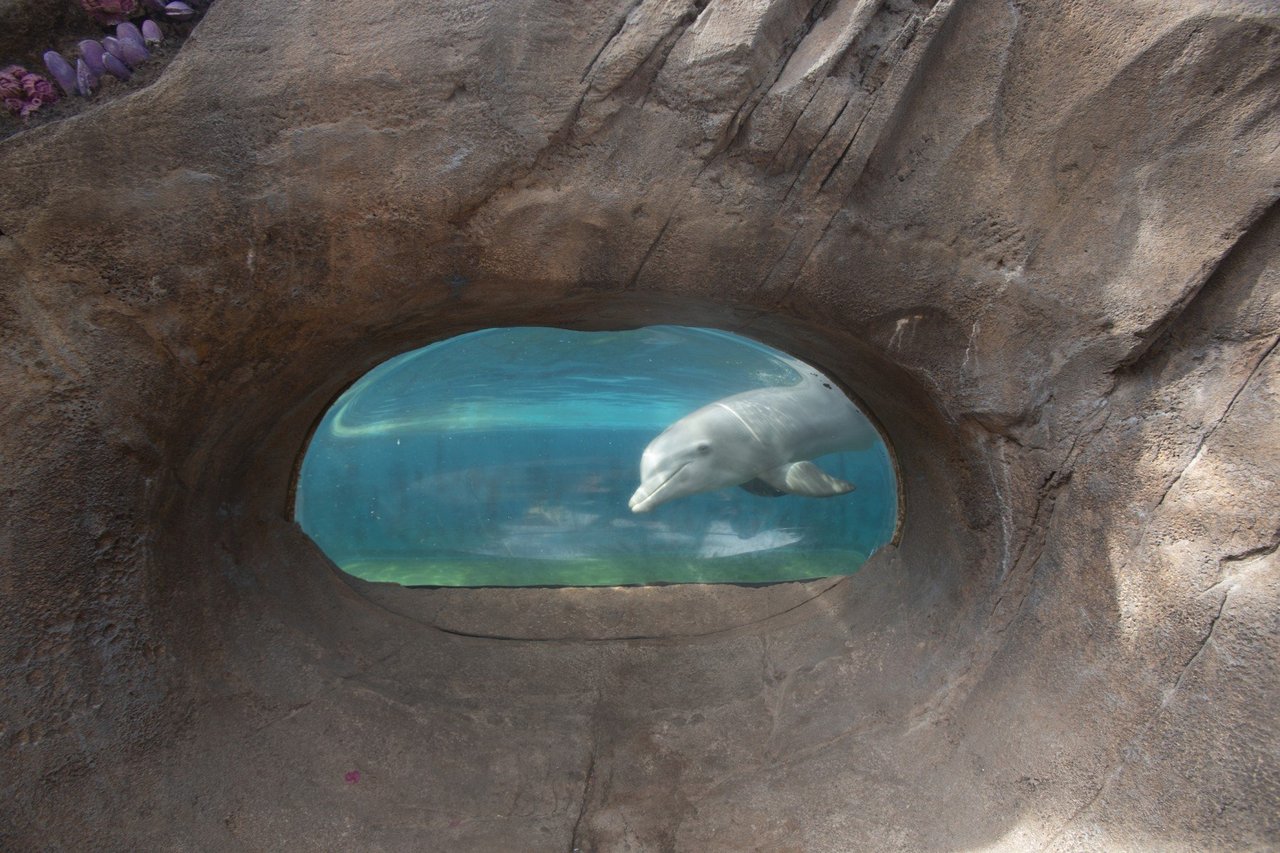No More Aquariums in Miami
Sign our petition to stop a new aquarium from being built in Miami. Our campaign is on the ground in Miami, but we need your help with a nationwide petition.

Tourist attractions, amusement parks like SeaWorld and Miami Seaquarium, and even some hotels offer ‘Swim with Dolphins’ programs where visitors pet captive dolphins in shallow pools or interact with them in deeper water by swimming beside them or being towed around by holding onto the dolphin’s dorsal fin. The United States Department of Agriculture (USDA) does not meaningfully regulate these programs. There are few protections for both the dolphins and humans involved. Countless dolphin deaths and human injuries go unreported.
Dolphins can only flourish in their wild ocean home, not in a concrete tank or artificial lagoon that’s two hundred thousand times smaller than their natural habitat.
Statistics of dolphin deaths during capture and confinement prove that dolphins do not belong in captivity. In the wild, dolphins can swim more than 40 miles a day, using echolocation to explore their diverse environment. They form close bonds with members of their pods, and mothers and calves stay together for three to six years depending on the species.
In contrast, captive dolphins are forced to swim in endless circles in artificial habitats, interact with unfamiliar dolphins and other species, and perform behaviors that are unnatural and, in some cases, painful. Captive dolphins are also exposed to infection, bacteria, and chemicals, and suffer from stress-related illnesses.
Examples of abnormal behavior in captive dolphins include:
Demand for swimming with dolphin programs leads to more dolphins being captured from the wild.
These programs present themselves as “educational” and “eco-friendly.” They market themselves to people who love dolphins and care about conservation. But there’s no “responsible” way to swim with or pet a captive dolphin. Every program results in more suffering and more dolphins captured from the wild.
Choose responsible dolphin-watching programs, like Wildlife Heritage Areas in places like Santa Barbara, CA, where you can see these amazing animals in the wild where they belong.
Sign our petition to stop a new aquarium from being built in Miami. Our campaign is on the ground in Miami, but we need your help with a nationwide petition.
Blog
After a groundbreaking documentary, the spotlight was on Taiji, Japan for capturing dolphins for the entertainment industry and slaughtering hundreds. Over a decade later, Taiji’s dolphin hunt is still happening.
Blog
While activists have been fighting to end wildlife captivity for decades, Tilikum’s story re-ignited the call to “free the whales,” inspiring a number of people to fight for his freedom.